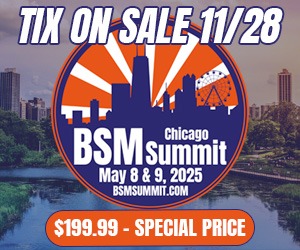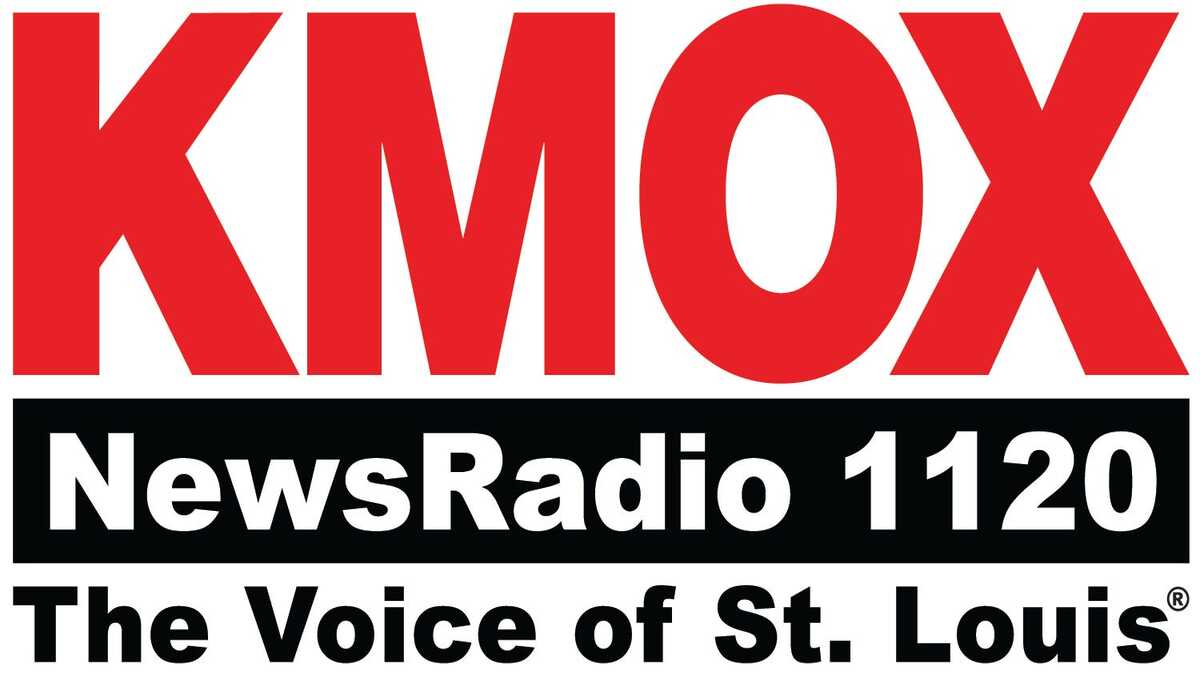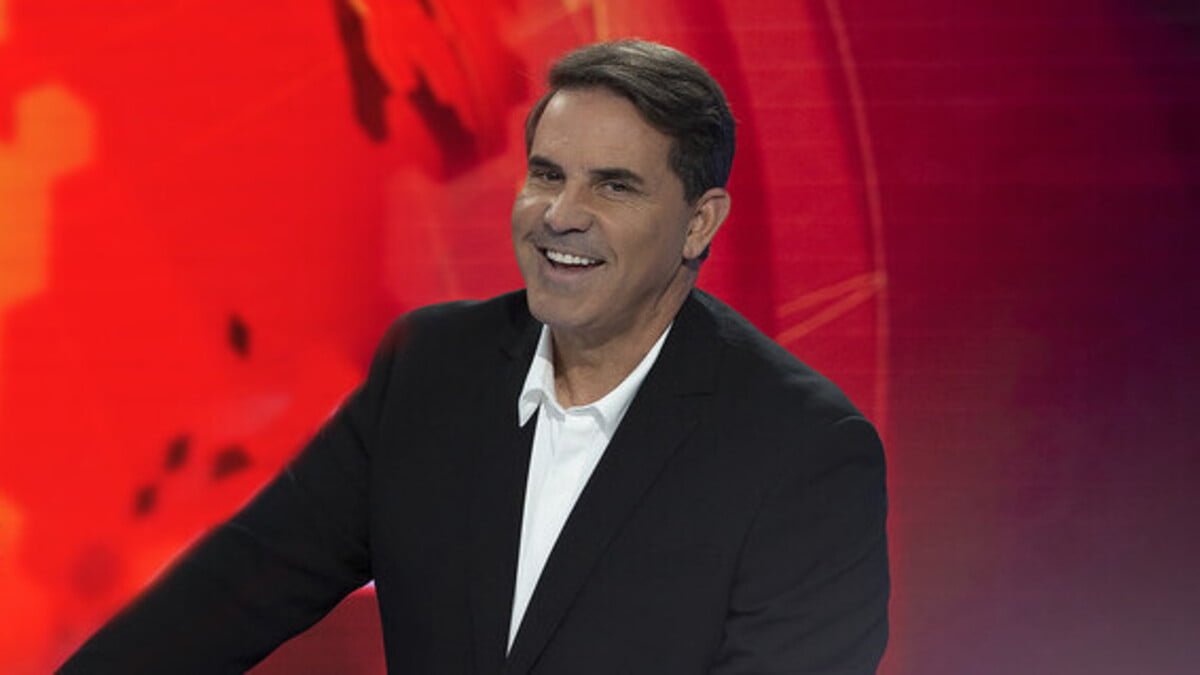They stand out pretty much wherever they are; they draw attention all by themselves.
The journalist covering the story, casting an aura all their own; a news crew no matter how large or small often becomes the focus of as much interest by passersby and neighborhood kids as the police crime scene tape or smoldering building they stand in front of.
Picture the enthusiastic sports fan leaving the stadium and spying the camera, the radio mic flag or the live truck and suddenly it’s like kids spotting the ice cream truck coming down the street. That said, what is becoming more and more common are those attracted to the scene not because of the news presence or the story but because of an opportunity, and not the righteous kind. Unfortunately and more often these days making for a story all by itself.
Released this month, reporting from the latest RTDNA/Newhouse School at Syracuse University Survey showing 1 in 5 television news directors describing attacks on their newsroom employees.
One in five, that is a lot.
In addition, one might think it’s only happening at large stations in the big markets or only at the most extreme events or perhaps while covering incidents like protests and demonstrations that got out of control. Nope. Actually, it’s rather evenly spread out across market and station size and happening whether there is a 3-person crew or a 1-person MMJ (Multimedia Journalist) on the story.
The type of assaults and/or attacks are equally diverse. There are random interruptions by the opportunists, jumping in and out of live shots or shouting profanities. Most reporters and photographers will say those are an almost everyday occurrence and just part of the job.
Nevertheless, we have all seen the YouTube and other social media postings where it goes further, sometimes much further. Spit upon, slapped and even punched, news cars and equipment damaged or stolen.
What drives it? Is it a rising dislike and distrust of the media?
Doubtful, only because that has always been there in some form, it is nothing new. However, in decades and generations past we were not regularly attacking our reporters.
More likely, it’s instance and opportunity, much like any crime or any offense. Sometimes the crew can fend it off but with eyes and minds on the job at hand it’s next to impossible to prevent.
If we wonder why it’s happening more ask yourself what life was like when field producers had a common presence.
So, is this supposed to be the norm for the journalist on the street? A cop on the street maybe, but the reporter? Granted, they are both on those types of scenes and in similar areas but for differing intents and purposes.
I am not saying it is the same but whether one wishes to admit it or not there are similarities, parallels even, in news reporting and police work.
There are lines of demarcation certainly, but the interactions with people and the scenarios are often the same. Knowing the streets does not always mean beating the streets; both cop and reporter have been on the wrong end of that idea.
Cops worry about going through the wrong door, pulling over the wrong car. And while not yet at that level, journalists need to measure the story they are covering, their resources and the environment.
Hopefully news people out there have a heightened sense of danger or the awareness that the potential exists for bad actors with bad intentions. That does not mean incidents can be easily be prevented or stopped in their tracks, but efforts should be made to try.
I think in terms of the first year MMJ in a small market, sent on a breaking news shooting or accident scene.
“It’s 45 minutes before the 11pm newscast…get out there and go live for the top of the show”.
There is no News Director at the station at that time; there might not even be an Executive Producer. The reporter rushes to get there, there’s no real time to do anything else but set up and maybe ask somebody a question or two. Assessing the scene and its safety concerns is not often on the checklist.
Who is thinking safety and security at that time? Who is making the decision? Who has not seen the recent video of the reporter hit by a car during a live shot?
It was professionally handled by that journalist yet who back at that station was looking out for her that day? Who set the plan in motion? While off the path a bit of the primary issue, one still could spend the better part of the day looking at footage or reading accounts of journalists at scenes in similar predicaments or attacked, assaulted and worse.
No, this is not just about MMJ’s…it can be a team or a trio with a live truck, and back to the survey, not everyone cited was working alone or at a volatile scene.
Maybe think about it in terms of the way news covers bad weather: What does a viewer or a listener really thinking about storm coverage? “Why is that reporter standing in a hurricane?” What is the reporter, the photographer, the field producer, or the live truck operator thinking about storm coverage? “Why am I standing in a hurricane?”
By the way, I came to this business late so I tend to ask questions that often get me looks of frustration and annoyance by those who did not. A beloved former coworker once quoted me back to me following a period of long form storm coverage.
WE KNOW IT’S A HURRICANE…CAN’T THEY BE SOMEWHERE SAFE AND SHOW YOU THE HURRICANE? THEY CAN TELL YOU ABOUT AND DESCRIBE THE HURRICANE…NOBODY NEEDS TO BE HIT BY A FLYING STOP SIGN TO BRING YOU GOOD COVERAGE…THEY CAN DO THAT …THEY CAN BRING YOU THAT…SAFELY…THEY’RE REPORTERS.
So, what can be done about it all to keep those out there a bit safer? Consider analysis and preparation when putting staff in various situations. It is done for storm coverage.
It begins before the next story, playing out scenarios in the conference room with staff members, measuring priorities in coverage and making sure the security philosophy penetrates. You’re in a bad situation; let us plan a way to get out of it.Truthfully, it’s not something I’ve heard often discussed at length in planning and editorial meetings. True, storms may be more predictable but so is the unknown. You know it is out there.
Luckily there are those willing to advocate for themselves; I worked with a reporter who abruptly ended a live shot right on the air, before anyone had to chance to say anything. “Guys this isn’t safe, I’m wrapping it up…back to you.” Excellent! It’s not unheard of, it’s certainly prudent and hopefully, we have all seen reporters, photographers and producers make that kind of call.
This is not about bad management, or uncaring or unthinking bosses. They are out there, sure but nobody wants their people hurt or put in dangerous situations. It is however, about asking the right questions at the right time. Where are we sending our people? What is the neighborhood like, the mood on the streets? More importantly, what are we losing or giving away by pulling back from the center of the most vulnerable areas?
When in doubt, send an extra body to the scene. ANY body. If managers want the story, managers need to make it safer to cover. A sports anchor and I would go hit the streets to parallel and back up crews on demonstrations and protests. Generally, not for physical presence or as a deterrent but instead to be the extra set of eyes on a scene and it is often a game changer.
I have seen news directors go out there, sales people and of course interns. Yes, interns have eyes. Interns are often heroes. Stop sending them out for Chick-fil-A and Starbucks runs!
Getting the story means keeping the staff safe. Just as the cop cannot help anyone if they crash the patrol car running code to a hot call or a fellow officer in trouble, the reporter cannot tell the story if they’re sidelined by an attack or a disruption that might have been avoided by having a plan or the right number of people there. No matter what happens out there, the MMJ or one-man band reporter is not likely to go away nor should they. Radio, digital and print are usually alone, they are certainly harder to spot in a crowd but generally, they are solo.
Moreover, who can say there aren’t smarter ways for all platforms to do the job with a little more safety in mind?
It’s certainly better than showing up on YouTube.
Bill Zito has devoted most of his work efforts to broadcast news since 1999. He made the career switch after serving a dozen years as a police officer on both coasts. Splitting the time between Radio and TV, he’s worked for ABC News and Fox News, News 12 New York , The Weather Channel and KIRO and KOMO in Seattle. He writes, edits and anchors for Audacy’s WTIC-AM in Hartford and lives in New England. You can find him on Twitter @BillZitoNEWS.








